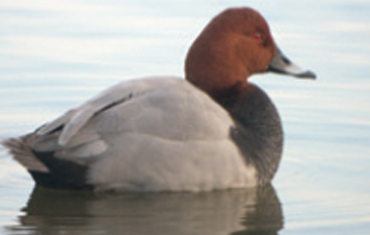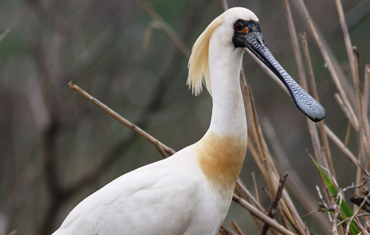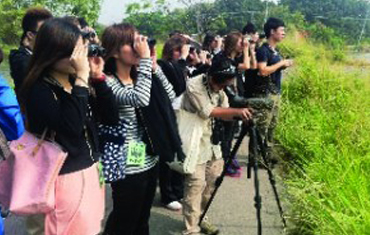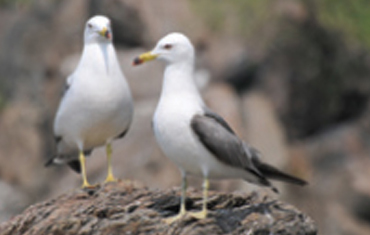Anatidae Working Group
The Working Group for the Anatidae Site Network in the East Asian Flyway was established in May 1999 to oversee the implementation of Action Plan for the Conservation of Migratory Anatidae in the East Asian Flyway under the Asia Pacific Migratory Waterbird Conservation Strategy. This working group then took on the role of supporting of the Partnership.
click [here] to view the page.
Avian Disease Working Group
The Asia-Pacific Working Group on Migratory Waterbirds and Avian Influenza (APWG-MWAI) was established under the auspices of the Asia-Pacific Migratory Waterbird Conservation Committee, the predecessor of the East Asian-Australasian Flyway Partnership and the Central Asian Flyway (CAF) Action Plan.
Click [here] to view the page.
Black-faced Spoonbill Working Group
A globally Endangered species, the Black-faced Spoonbill (BFS) population was estimated at 3,356 birds in the 2016 census. While this is a welcome increase over the few hundred individuals known in the early 1990's it still represents a relatively small global population with many vulnerable breeding colonies and deteriorating wintering sites.
Click [here] to view the page.
CEPA Working Group
People, their decisions and actions lie at the heart of effective wetland conservation. Local communities, Site Managers, local and national government decision-makers, educators, NGOs, and the general public all have a role to play in conserving migratory birds and their wetland habitats. Encouraging and facilitating their interest and involvement in conserving migratory bird habitat for the benefit of nature and people is the key aim of the Communication, Education, Participation and Awareness (CEPA) Working Group.
Click [here] to view the page.
Crane Working Group
The Working Group originated in July 1997 as the North-East Asian Crane Site Network to oversee the implementation of the North-East Asian Crane Site Network Action Plan of the Asia Pacific Migratory Waterbird Conservation Strategy. In 2000 conservation issues related to Oriental and Black Storks were included but the Working Group and Network but retained its name for the sake of continuity and for the same reason is maintained as a working group of the EAAF.
Click [here] to view the page.
Seabird Working Group
Over 150 seabird species inhabit the EAAF, some of which have long trans-equatorial migration routes while others move at a smaller regional scale. Although some species have very large populations, many species are declining or are facing a high risk of extinction due to several ongoing threats at their breeding and wintering sites. To achieve positive conservation outcomes, a joint and equal responsibility for the conservation of seabirds is urgently required across the region. Unfortunately, conservation, management, education, and research activities for seabirds in the EAAF have lacked coordination in terms of objectives, field methods, reporting and information exchange.
Click [here] to view the page.
Shorebird Working Group
Under the former Asia-Pacific Migratory Waterbird Conservation Strategies (1996 – 2000; 2001 – 2006), the Shorebird Working Group was established to implement the Shorebird Action Plans. This was effective in facilitating the collaboration of researchers, site managers and governments within the Flyway. A Shorebird Site Network of 48 sites was established and coordinated by a Flyway Officer. These Network sites now form a key component of the Partnership Flyway Site Network.
Click [here] to view the page.








